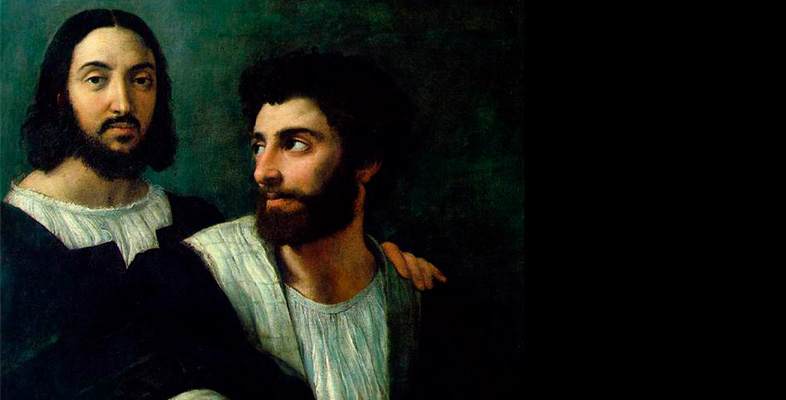2.4.1 Positivism
To a certain extent, a positivistic tradition of scholarship established in the nineteenth century continues today. This method seeks to find as many facts as possible about the life of the artist, in particular by examining archival documents. Examples include:
- J. D. Passavant’s Rafael von Urbino und sein Vater Giovanni Santi of 1839, which first established a canonical model of the scholarly monograph by discussing all of Raphael’s works in chronological order, using an unprecedented amount of archival and documentary material to reconstruct the events of his life and his commissions.
- John Shearman’s Raphael in Early Modern Sources (1483–1602) (2003) aimed to collect all of the surviving written sources related to Raphael. Decades of work went into this effort to end creative transcriptions of primary sources that had been repeated again and again by art historians, which Shearman viewed as an essential part of the creation of idealised, culturally conditioned re-imaginings of Raphael; that is to say, the documents themselves lie tucked away in the archives, unconsulted by art historians, while incorrect transcriptions (and translations of these) that were first published to back up particular interpretations endure in the art-historical literature, where they are used as if they were the ‘sources’ themselves. Shearman hoped to pick out the pieces of broken glass that the errors and biases of past generations of scholarship had left behind, starting anew with documents that had been cleansed of such mistakes. The problem, however, is that no matter how accurately the sources have been transcribed, no point of view on Raphael, and no interpretation of sources about Raphael, can be free from its own interests.
